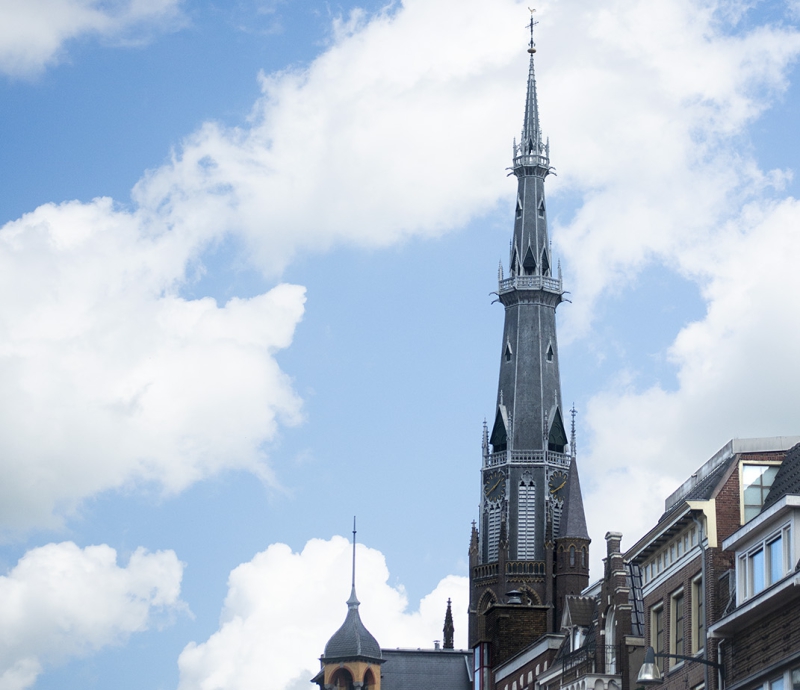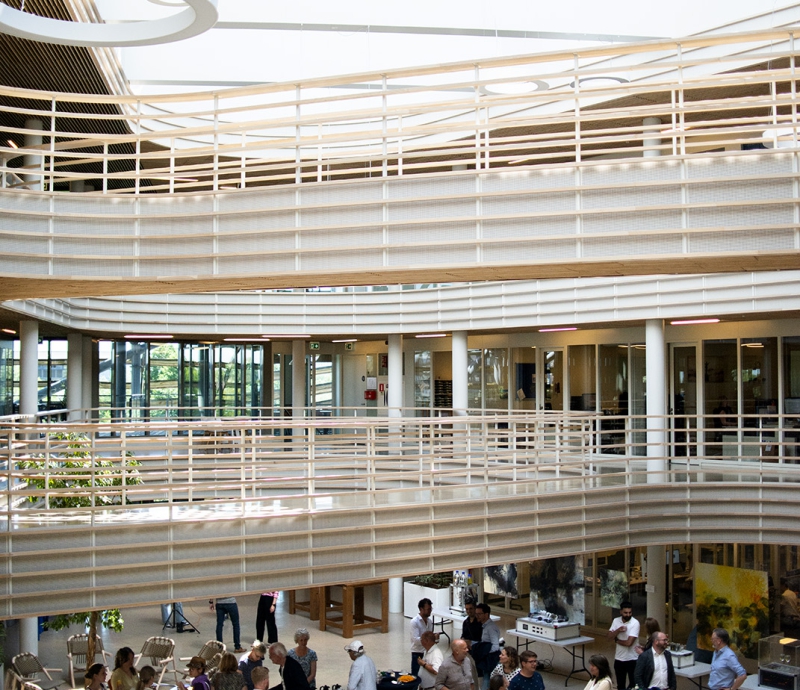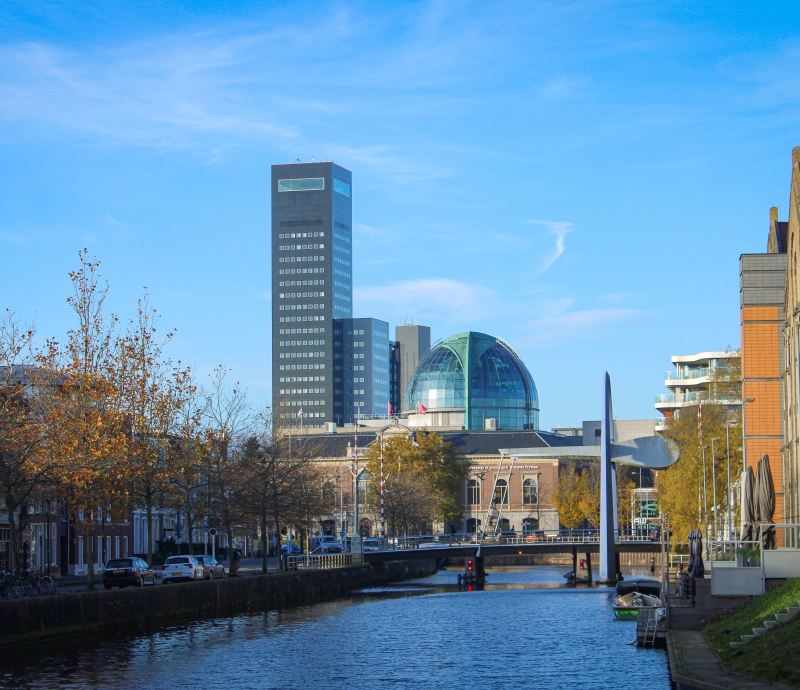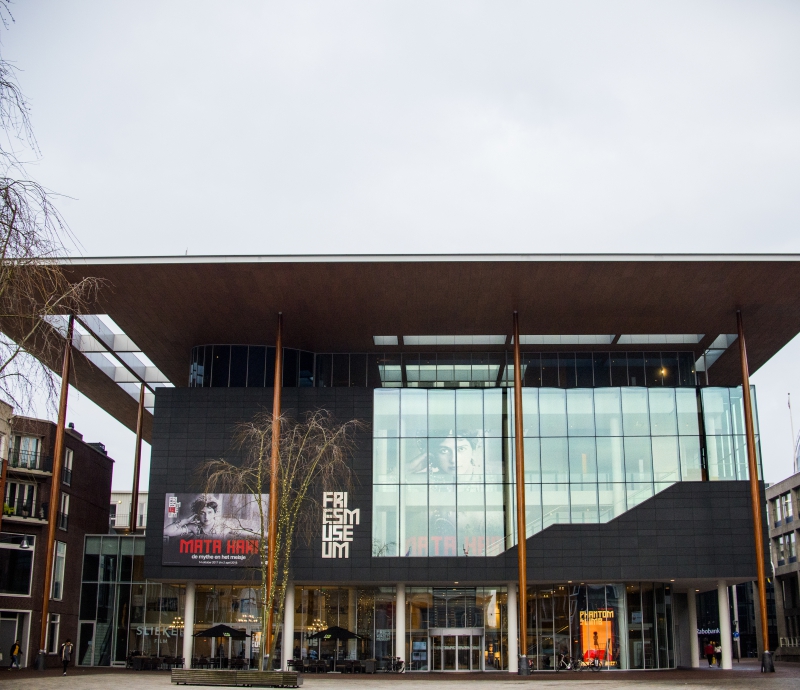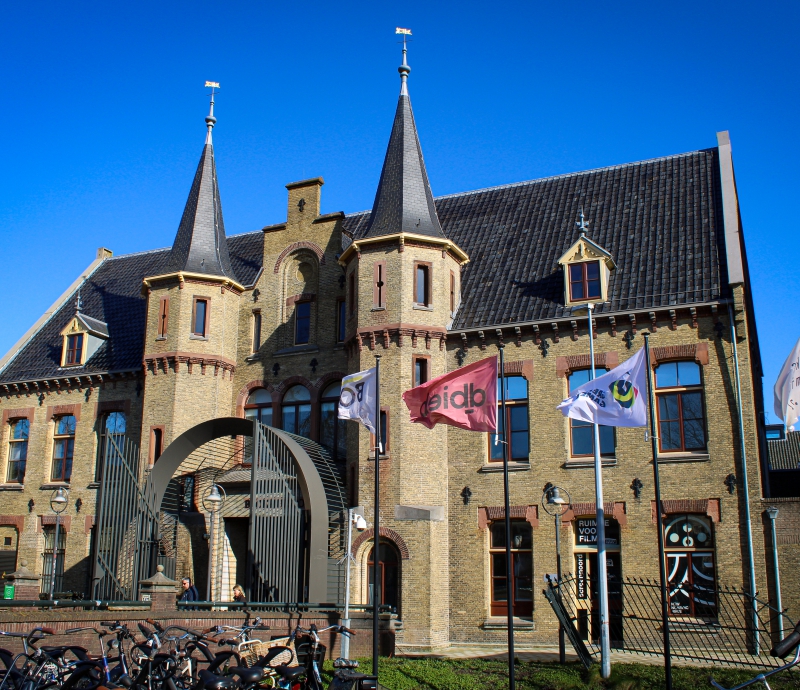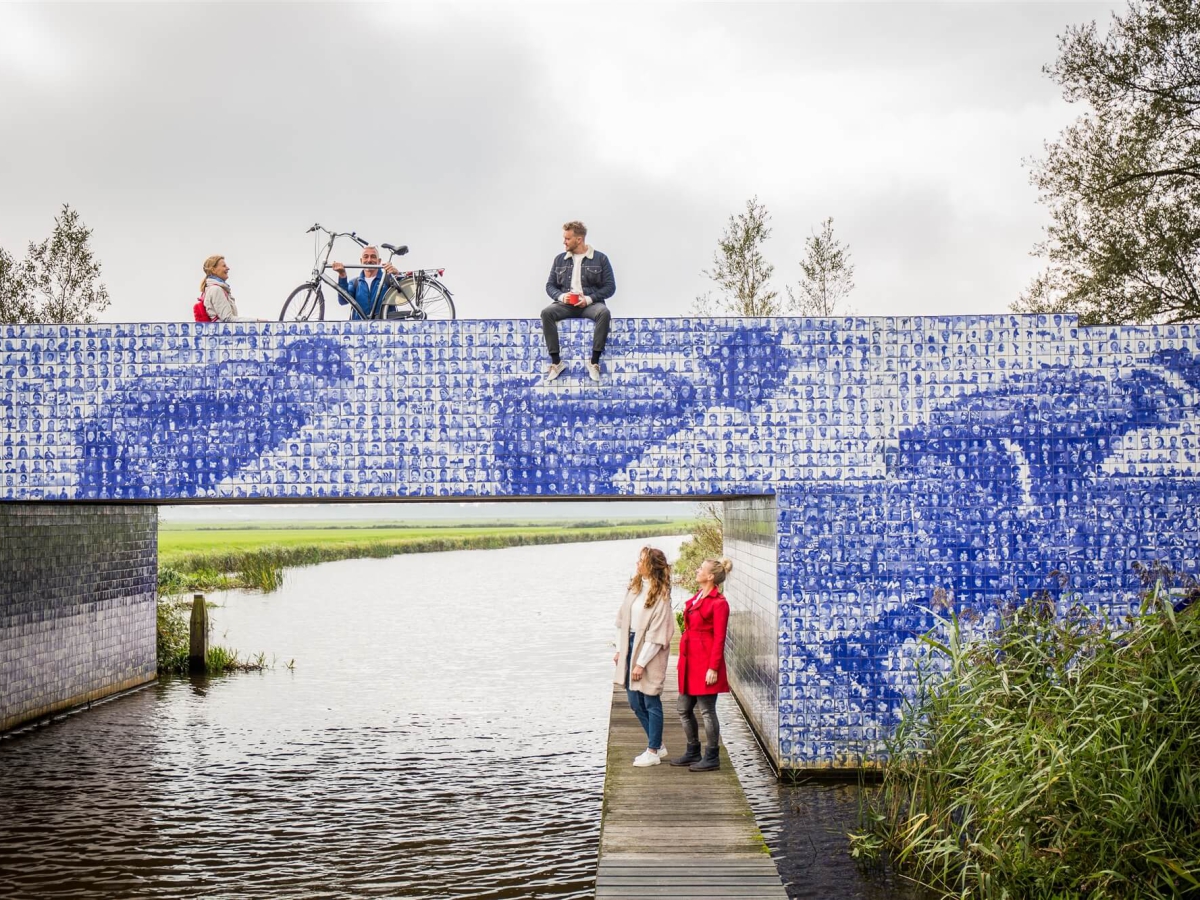
Welcome to Friesland
With a unique cultural heritage and its own language, Friesland (Fryslân) is a special place in the North. If you thought the Dutch were fond of water, tall, and “nuchter” (matter-of-factly), wait ’til you meet the Frisians!
Language
Bûter, brea en griene tsiis, wa’t dat net sizze kin, is gjin oprjochte Frysk. That’s ‘butter, rye bread and green cheese, who can’t say that is not a real Frisian’ as the Frisian saying goes. Legend has it that this saying was used by Grutte Pier, a Frisian warlord from the Middle Ages, to distinguish Frisians from the non-Frisians. Such a saying just goes to show how deeply rooted the Frisian language is in Frisian culture.
Frisian, a recognised minority language, is spoken in the province of Friesland. Depending on where you move to in Friesland, you might hear more Frisian around you than Dutch. Luckily, most Frisians nowadays are multilingual and are fluent to certain degrees in Frisian, Dutch, and English.
Frisian historically is more closely related to English than Dutch, so if you speak some English and Dutch you might be able to understand more than you may initially expect!
History
The history of Friesland started with the Frisian kingdom, founded around the year 600, stretching from modern Friesland all the way to Germany and Belgium along the coast. And after all these years, the Frisians never lost this identity, even as a province of the Netherlands. Their history can be seen everywhere, from statues of Grutte Pier, to stories about the Frisian spy Mata Hari and tales of the old Frisian King Redbad (Radboud).
Industry
Friesland isn’t just a special destination for tourists, the region also offers an attractive investment climate for local and international entrepreneurs. Friesland houses several big players such as Philips and BD Kiestra in Drachten, Ausnutria Hyproca in Heerenveen, Wetsus (the European research facility for sustainable water technology) in Leeuwarden, and of course a prominent shipping industry.
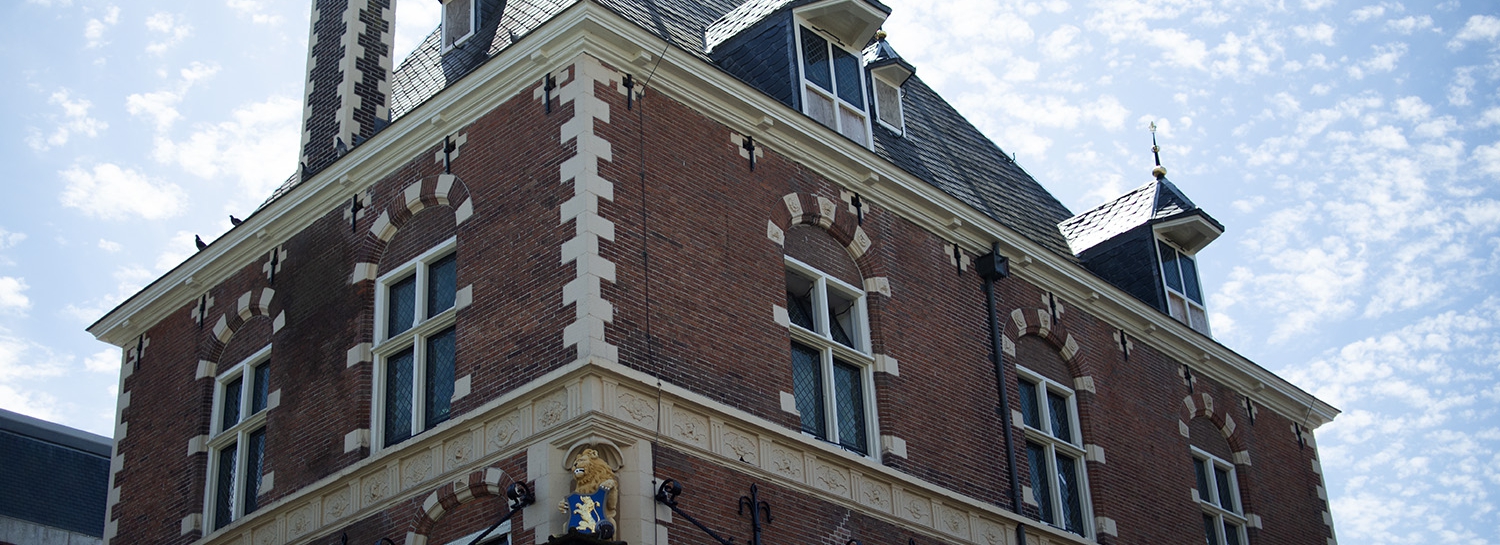
Water
With its inland waterways, lakes, canals and the Wadden Sea, the province of Friesland is ideal to explore by boat. For watersports enthusiasts, Friesland is the place to be. Think of the annual Sneekweek (Europe’s largest inland sailing event), Skûtsjesilen (a Frisian sailing competition), and fierljeppen (the typical Frisian sport of vaulting over canals). Exploring Friesland’s life around the water will take you down beautiful routes both on or off the water.
Alvestêdetocht
Frisians even love being on the water in winter. Friesland hosts the largest skating event in the world: the Alvestêdetocht (Elfstedentocht or The Eleven Cities Tour), a 200-kilometer ice skating tour through the eleven cities of Friesland. Even the Dutch King Willem-Alexander partook in 1986 under a pseudonym to remain anonymous.
Unfortunately, it only takes place when all the waterways have frozen over and the ice is thick enough. Due to winters being less cold in recent years, the latest edition was held in 1997. Despite the Alvestêdetocht not taking place, the province is still famous for its speed skaters.
Wadden Sea
Friesland is famous for its four Wadden Sea Islands: Vlieland, Terschelling, Ameland, and Schiermonnikoog. The four islands are easily accessible by ferries that depart from Harlingen and Lauwersoog. The islands are perfect holiday destinations where you can cycle, walk through nature and the dunes, or walk along beautifully long beaches.
The most challenging thing you can do on the Frisian coast is something called “wadlopen” (mudflat hiking) where you walk from the coast to an island through the mudflats during low tide. The Wadden Sea is on the UNESCO World Heritage list and is definitely worth a visit.
In addition, Friesland has several national parks and a plethora of cycling routes and walking trails making it a perfect place to dive into nature.
Friesland has something for everyone. Whether that’s relaxing while enjoying the serene nature and the inspiring scenery, spending the day exploring the museums, or hoisting sails when the weather chooses to be kind.
To discover more information about Friesland, click here.
